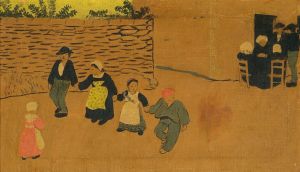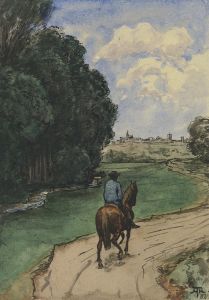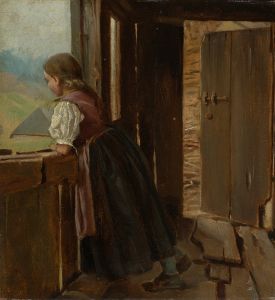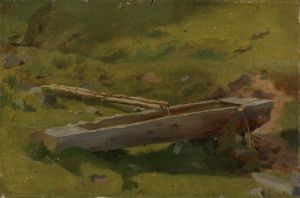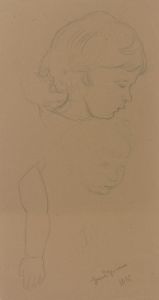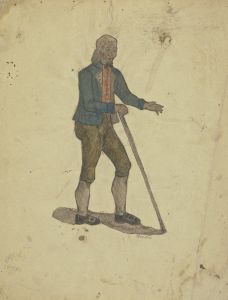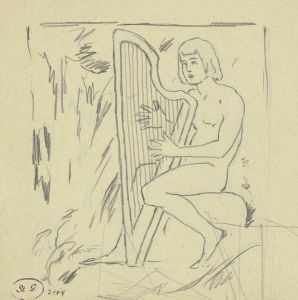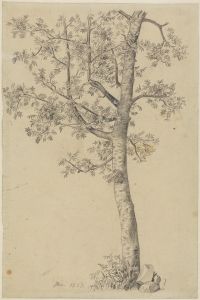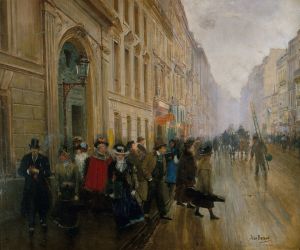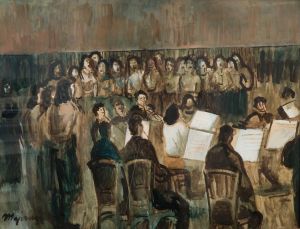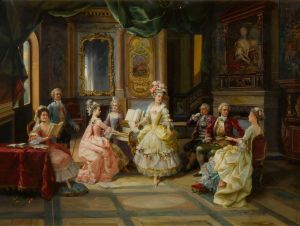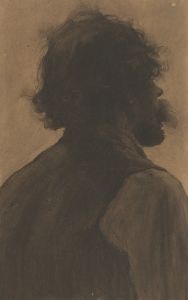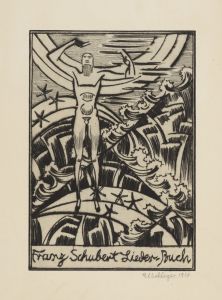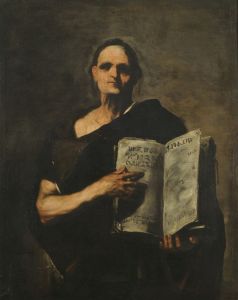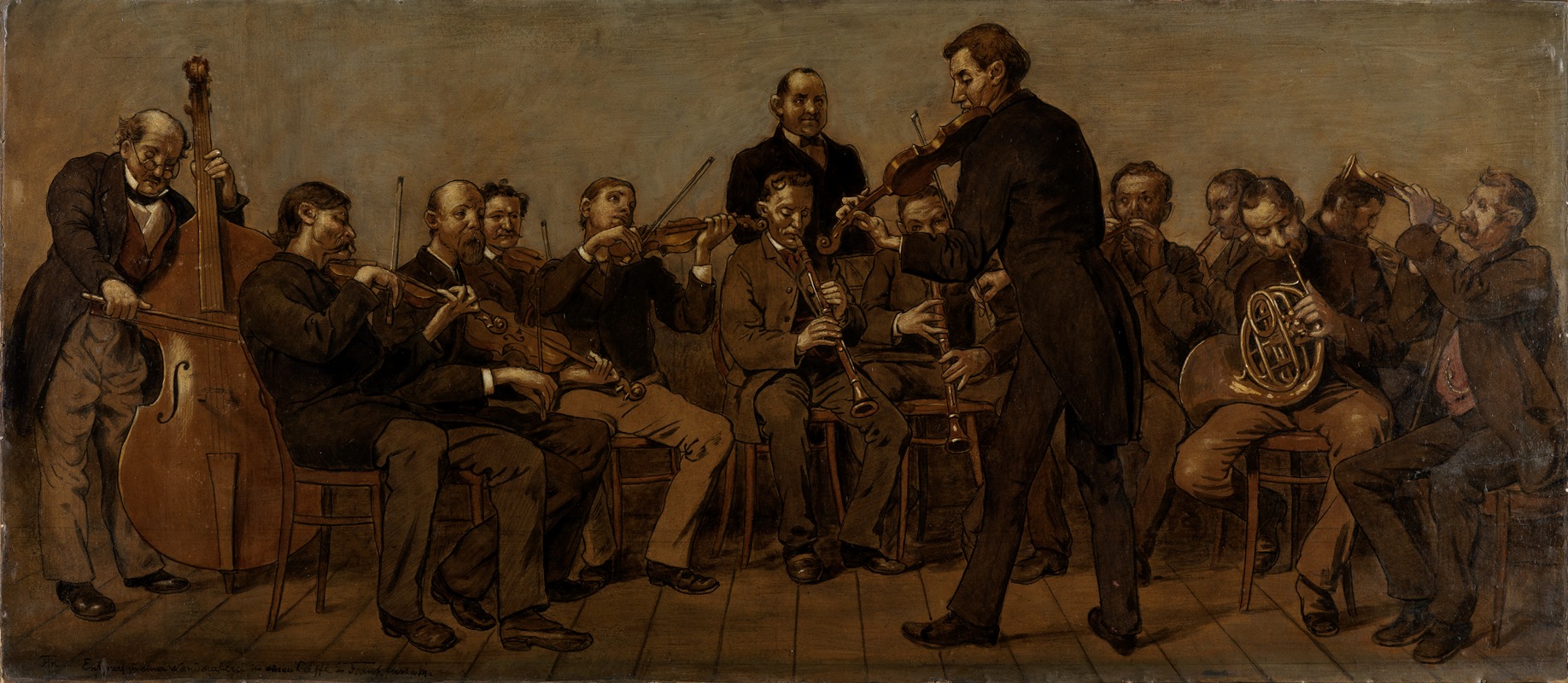
Ländliche Musikkapelle
A hand-painted replica of Hans Thoma’s masterpiece Ländliche Musikkapelle, meticulously crafted by professional artists to capture the true essence of the original. Each piece is created with museum-quality canvas and rare mineral pigments, carefully painted by experienced artists with delicate brushstrokes and rich, layered colors to perfectly recreate the texture of the original artwork. Unlike machine-printed reproductions, this hand-painted version brings the painting to life, infused with the artist’s emotions and skill in every stroke. Whether for personal collection or home decoration, it instantly elevates the artistic atmosphere of any space.
Hans Thoma's painting Ländliche Musikkapelle (translated as Rural Music Band) is a work by the German painter Hans Thoma (1839–1924), who is known for his contributions to 19th-century German art. Thoma was associated with the Realist movement and often depicted scenes of rural life, landscapes, and folklore, reflecting his deep connection to his native Black Forest region.
The painting portrays a group of musicians in a rural setting, likely performing outdoors. The composition emphasizes the simplicity and harmony of rural life, a recurring theme in Thoma's work. The figures are depicted with a sense of realism, characteristic of Thoma's style, which often sought to capture the everyday lives of ordinary people. The musicians are shown with their instruments, surrounded by a natural landscape that underscores the idyllic and pastoral atmosphere of the scene.
Thoma's art often reflected his admiration for German Romanticism and his interest in the traditions and culture of rural Germany. His works frequently combined elements of realism with a subtle idealization of nature and human activity. Ländliche Musikkapelle is an example of this approach, blending detailed observation with a sense of nostalgia for a simpler, more harmonious way of life.
The exact date of the painting is not widely documented, but it aligns with Thoma's broader body of work, which spans the late 19th and early 20th centuries. During this period, Thoma gained recognition for his ability to capture the essence of rural Germany, and his works were celebrated for their technical skill and emotional resonance.
Hans Thoma's legacy as an artist is significant in the context of German art history. He served as the director of the Karlsruhe Academy of Fine Arts and was highly regarded during his lifetime. His works, including Ländliche Musikkapelle, continue to be appreciated for their depiction of rural life and their contribution to the Realist tradition in European art.
Further details about the specific context or provenance of Ländliche Musikkapelle are not readily available in public records. However, the painting is representative of Thoma's broader artistic themes and his dedication to portraying the cultural and natural beauty of his homeland.





